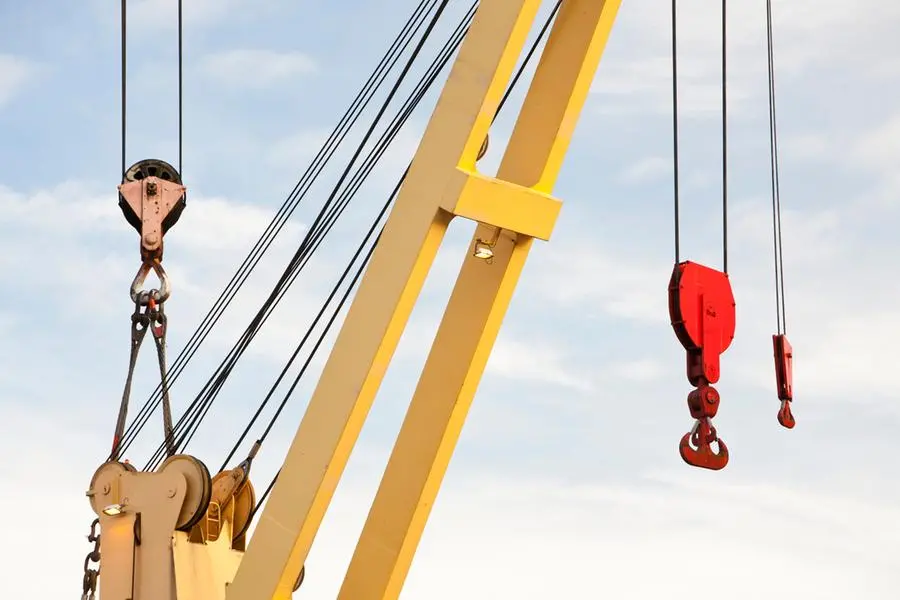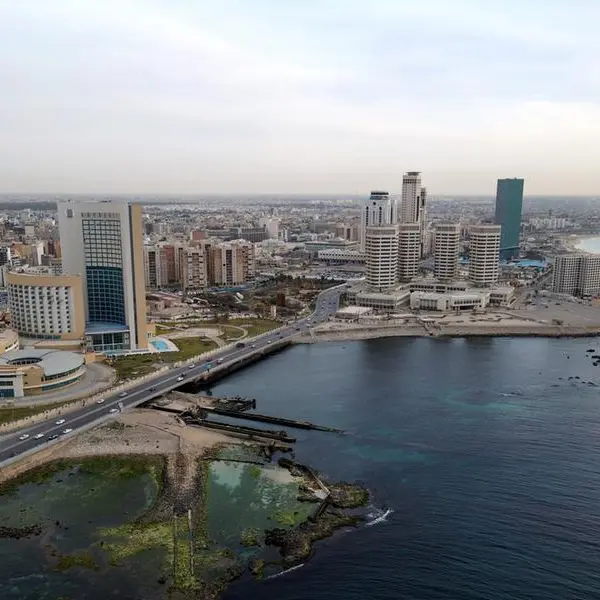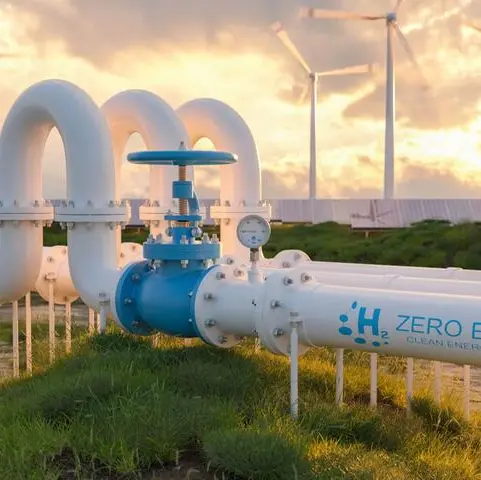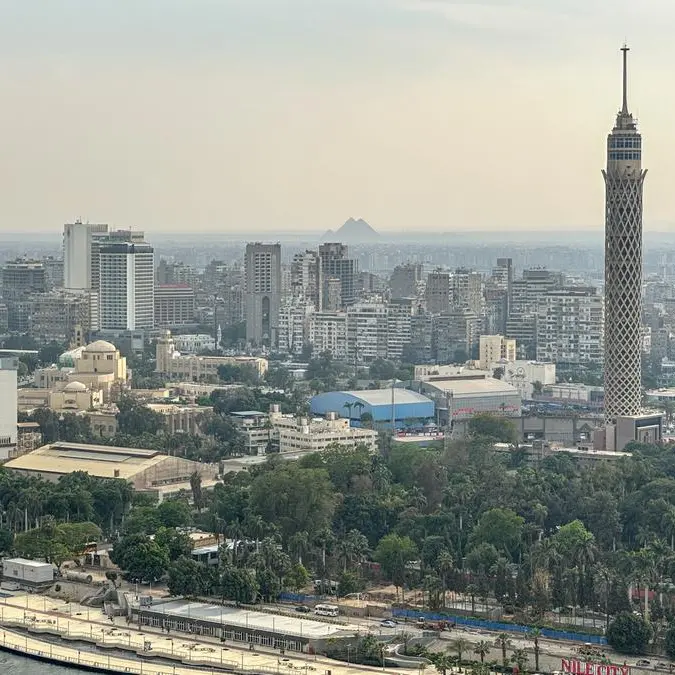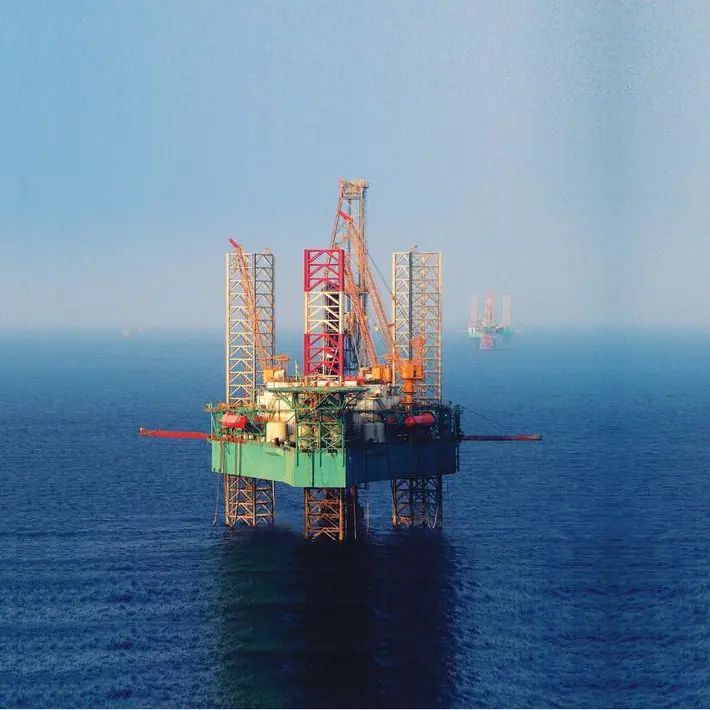PHOTO
Saudi Arabia - Mammoet, a global market leader in heavy lifting and transport, has announced that it played a key role in upgrading a major fertilizer plant of Ma’aden Waad Al Shamal Phosphate Company (MWSPC) two months ahead of schedule.
The project work, offered by the project consultant Fluor, involved lifting of the old towers of the plant in a piece and replacing them with cleaner and more efficient equivalents.
The challenge for MWSPC was to lift out the old towers in one piece and then manoeuver the modular replacements into position.
MWSPC is a $8 billion joint venture investment between Saudi mning giant Ma’aden (with a 60% stake), Sabic (15%), and The Mosaic Company (25%).
It operates some of the largest and busiest fertilizer plants anywhere in the world such as Umm Wu’al Sulphuric Acid and Power Plant, located in a new industrial city in the extreme northeast of the kingdom.
Structured around three sulphuric acid trains containing a total of nine vast process towers, it produces almost 14,000 tonnes of fertilizer a day.
And, as well as bringing wealth to this remote region, its integrated power plant provides 150 megawatts of clean electricity to the local population, stated a top official.
"So, when the company was looking to upgrade the facility, and replace the original towers with cleaner, more efficient equivalents, it needed to keep downtime to an absolute minimum," remarked Nayef Rowily, Project Director for MWSPC.
"To compound the issue, the towers had originally been stick-built, not designed to be lifted in one piece when they needed to be replaced. The conventional approach for dismantling them piece-by-piece would take several months for each train," he noted.
Fluor, the project consultant, reached out to Mammoet for an audacious solution - to lift out the old towers in one piece.
With careful planning, sophisticated computer modelling, the right equipment, and an expert team, Mammoet was able to develop the solution to delicately lift out the old towers intact, then maneuver the modular replacements into position.
"To convince MWSPC and Fluor that this unlikely operation could be achieved, we prepared a detailed engineering study. 3D digital models of each tower were supplemented by a series of ultrasonic tests to reveal their true structure and strength," explained Abdullah Terkaoui, Project Manager for Mammoet.
A finite element (FE) simulation showed how they would respond to the pressure of being hoisted out of the plant. And a series of bespoke frames and slings were designed to safely cradle the towers throughout the move, he stated.
A key requirement was to draft in the right equipment, and Mammoet had the ideal tools for the job, in the shape of two crawler cranes – the 1,600t capacity CC8800-1 and 1,250t capacity CC6800 - and the 3,200t MSG-80 ring crane, observed Terkaoui.
With this combination, it became possible to reach far above the tight confines of the site, extract all nine of the towers, move them to a central staging area, and hoist the replacements into position, he added.
Rowily said considerable effort was put into reviewing Mammoet's plan repeatedly, while keeping in mind the nature of the job, which involved integration in a brown field and MWSPC's strong desire to maintain production.
"This was accomplished through excellent teamwork, including assessing all risks associated with the scope. Ultimately, we are pleased with Mammoet's performance across all three SAP train tower replacements," he stated.
"They surpassed our expectations, and the site team did an exceptional job in delivering the project in record time. The MWSPC team takes pride in this significant achievement and recommends Mammoet's expertise on a global scale," he added.
Terkaoui pointed out that Mammoet's methodology enabled its customers to reduce the planned shutdown schedule for each train from 120 days to 45 days.
"Then, as the operation progressed, further time savings were realised: the complete shutdown of the first train was completed in 30 days; the second shutdown, where the lifts took only seven days, enabling completion in 22 days; and, for the third, the lift took just three days, with a total mechanical completion in 19 days," he explained.
"This meant that, thanks to the entire project team and everyone involved, all three shutdowns were completed two months (64 days) ahead of the original schedule - representing a time saving of over 50%," he added.
Copyright 2022 Al Hilal Publishing and Marketing Group Provided by SyndiGate Media Inc. (Syndigate.info).
